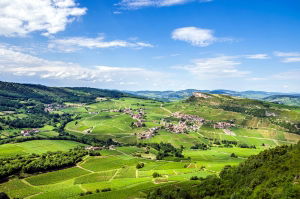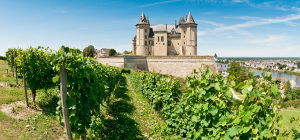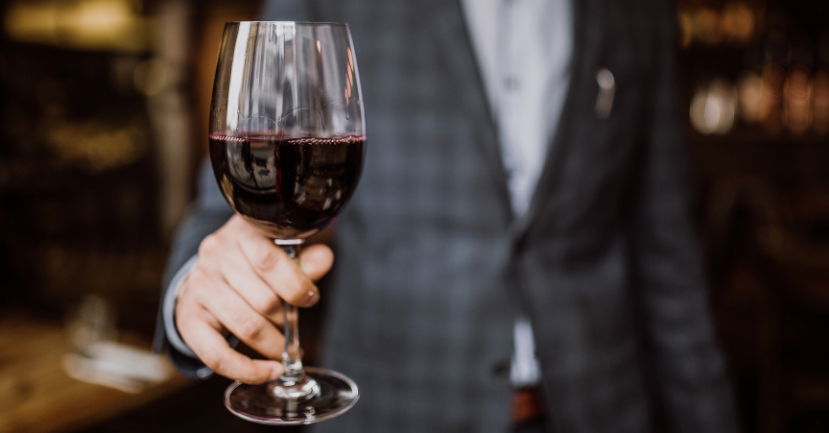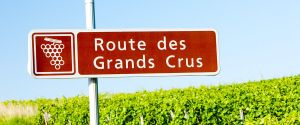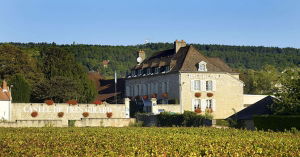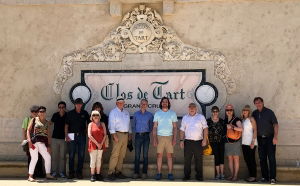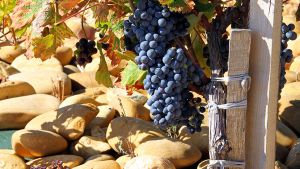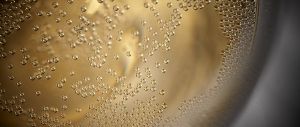BLOG
french wine
The white wines of France offer unrivaled perfection. With few exceptions, every vineyard growing white grapes is so planted not because reds won’t grow well there, but because whites will flourish. France’s white wines are not an afterthought or a consolation prize. These are vinous treasures worth exploring.
The Loire Valley is one of France’s most dynamic wine regions. For every famous, household-name wine (such as Sancerre), there is at least two lesser known wines just waiting to be discovered!
The Loire has it all: dry and sweet, still and sparkling, white and red. It has so much to offer… Did you know that:
Master sommelier and Loire valley native, Pascaline Lepeltier, has been working with key Loire producers over the past months in preparation for the October 2017 Loire Wine Study Trip.
Take a look at her notes on this carefully curated list of both iconic and rising star estates/producers in the Loire Valley
An interesting read to get you re-acquainted with some of the more historically famed estates as well as introduce you to some of the new generation vintners who are pushing boundaries and defining the region’s vinous future…
Bourgogne has applied some new math to count its AOCs. They have shed their claim to 100 AOCs and reorganized their appellations to fit within a count of 84.
One could argue that France is the philosophical heart of fine wine. Much of what the world now does, from vineyard practices to winemaking techniques, can be traced back to the viticultural motherland. Here are some must-know terms for exploring the wines of France.
Sadly, time has marched on, since the fantastic Bourgogne Immersion Trip I took with the Wine Scholar Guild lead by Andrew Jefford, October 23 – 28, 2016. Everyone on the trip was definitely a “wine nerd” but the group was composed of a mix of wine industry professionals, wine students of all levels that had “day jobs” and just wine appreciators. I had been on a few wine trips previously that were organized by friends or non-winegroups like Backroads (biking and wine). However, I had never gone on such a blockbuster, action-packed wine trip as this one. So for future participants here are 5 items to keep in mind so you have an incredible trip.
Synopsis:
An opportunity to look at the reasons behind the incredible success of Provence rosé and how it has become the leader in quality rosé wine, we’ll discuss how the region’s unique heritage and terroir combined with the expertise of its winemakers have created - and continue to create - a style thathas become the global benchmark in rosé wine.
Understanding the three sub-regions; Côtes de Provence, Coteaux d’Aix en Provence and CoteauxVarois en Provence,
1) Bordeaux is France’s largest quality wine region and largest producer of AOC wine.2) The quality of its vintages drives the fine wine market globally. 3) Bordeaux’s rich history, commercial significance, mercantile mindset, size, and quality set it apart from other French wine regions.
“We have a very particular history,” says Miguel Aguirre, vineyard manager at Premier Cru Sauternes estate, Château La Tour Blanche. “After his death, our last owner gave the estate to the French State asking to open a free school in return for his gift. That is why you see so many young people around here. Every year we get about 150 students who come here to learn about the wine trade and wine production.”
How did that happen? Call it what you want (fashion, peer-group pressure, herd instinct, a historical hangover) but somehow or other Alsace has ended up as France’s most neglected and misunderstood wine region.
Kids in France grow up reading about the adventures of Asterix the Gaul.
Burgundy is a very dynamic region in a constant state of flux. On one hand it’s a region deeply rooted in tradition. Just take a look at the Fête de la Saint-Vincent tournante – a festival celebrating the patron saint of winemakers – and you clearly see that this is a region with one foot in the past. On the other hand...
Summary
In this session we'll unravel the enigma of one of France's most idiosyncractic wine regions in the company of the world's leading Jura expert, Wink Lorch. In this webinar we will
Cover the key appellations
Learn the most important wine styles
Discuss how the Jura has changed over the last 10 years
Get the low down on some of the most exciting producers of the region
As ever, there will be a chance for those of
Summary
We are delighted to welcome Matt Walls, the world’s leading expert on the wines of this region, to host this live member event. Matt will give us an overview of all the major appellations of the Northern Rhône and get us up to speed with all the latest trends and developments, and how these regions are evolving in the 21st century. A great opportunity to develop your knowledge of the region past what you might have studied in wine books and put your questions to
Lonely Planet has released their Best in Travel 2017 guide about THE places to visit in the next year…and Bordeaux tops their list as the No. 1 city destination in the world!
{youtube}GfyqZxpfdFc{/youtube}
Bordeaux contains more preserved historical buildings – such as Place de la Bourse – than any city in France aside from Paris © Justin Foulkes / Lonely Planet
A History of innovation
There’s a long history of innovation in Bordeaux; introducing topping up and sulphur to produce the ‘New French Claret’ in the 17th century, solving Mildew with the Bordeaux mixture in 1878 to the introduction of stainless steel in the 1960’s, when Château Haut Brion was accused by its peers for producing wine made in a dairy!
One of the most significant trends happening in Bourgogne today, is a movement towards sustainable, organic and biodynamic viticulture. Due to the warming of temperatures, increase in sunlight and shift in rainy season, there has been less vineyard mildew pressure, drier soil and earlier harvests. This change in climate, combined with the desire for a more ecologically sustainable growing model by Bourgogne producers, has led to the recent trend towards Green Farming.
I am pleased to share my Burgundy wine tour experience with the Wine Scholar Guild, as it was the trip of a lifetime. My wife and I arrived a couple of days early and enjoyed fine wine and dining in Paris before our quick train trip over to Beaune (via Dijon). We spent Sunday on our own, touring the Hospices de Beaune, wandering the city streets and having a lovely dinner.
As autumn is drawing to a close and the wine presses have been washed and put away, the first wines tasted before being blended confirm what had been sensed: 2016 is going to be a fabulous vintage! And if some compare it to the magnificent 2010, some others do not hesitate to go as far as the famous star-vintage 1990… Either way, the evidence that we are witnessing the making of a great vintage is clear.
A BIT OF WINE CHEMISTRY: Lessons from Champagne
Day one of the Champagne study trip initiated a discussion which continued throughout the week of factors impacting aromas and flavors in champagne. Broadly, aromas can be categorized into the impacts of grape variety, terroir, vinification, and post-production events (influencing individual bottles versus entire “batches”).
This article will focus upon the biochemistry of sulfur, nitrogen, oxygen, and sugars in an acidic environment (esters arising from acidification of alcohol); the intent is not intended to be comprehensive. For purposes of this essay, the use of the word aroma will include the complex notes of aging characterized as “bouquet.”
“Although many efforts have been made to characterize the quality and flavor of the compounds in wine… tasting remains the single universal test used… This is because the taste of a molecule, or blend of molecules, is constructed within the brain of a taster.” F. Brochet and D. Dubourdieu, 2001

